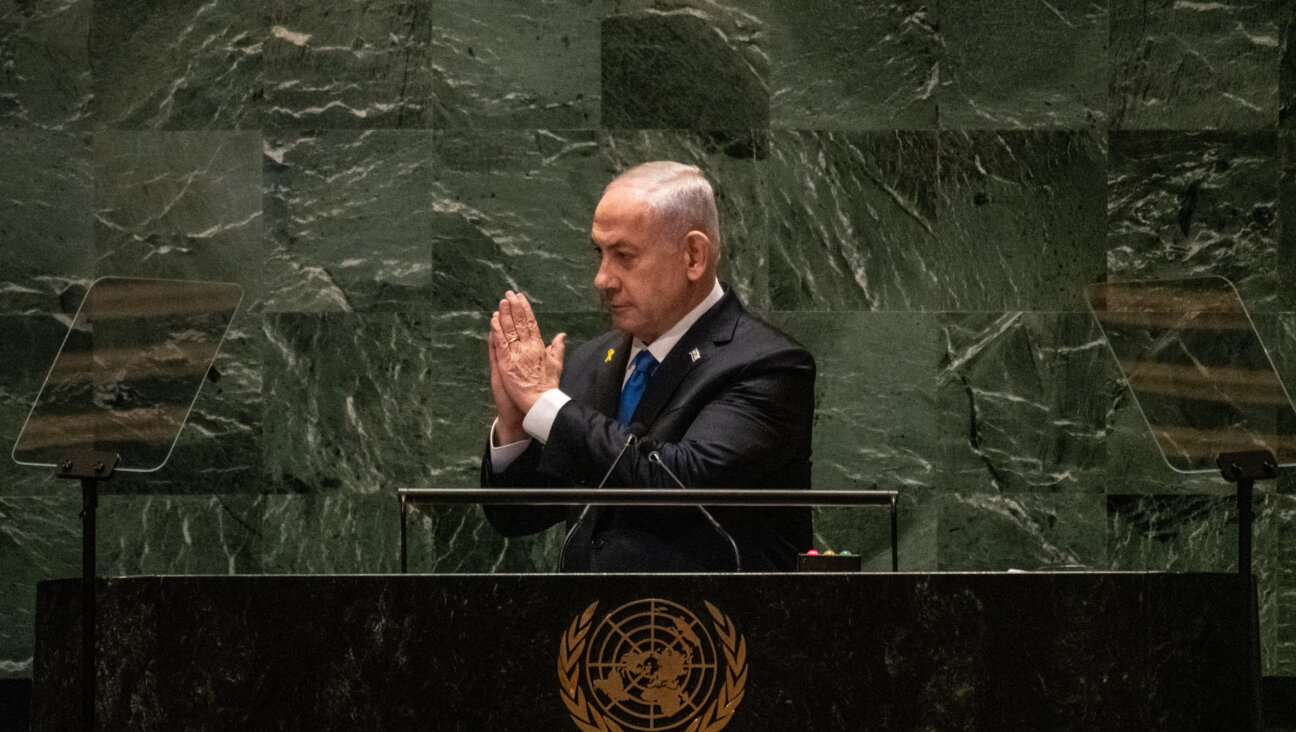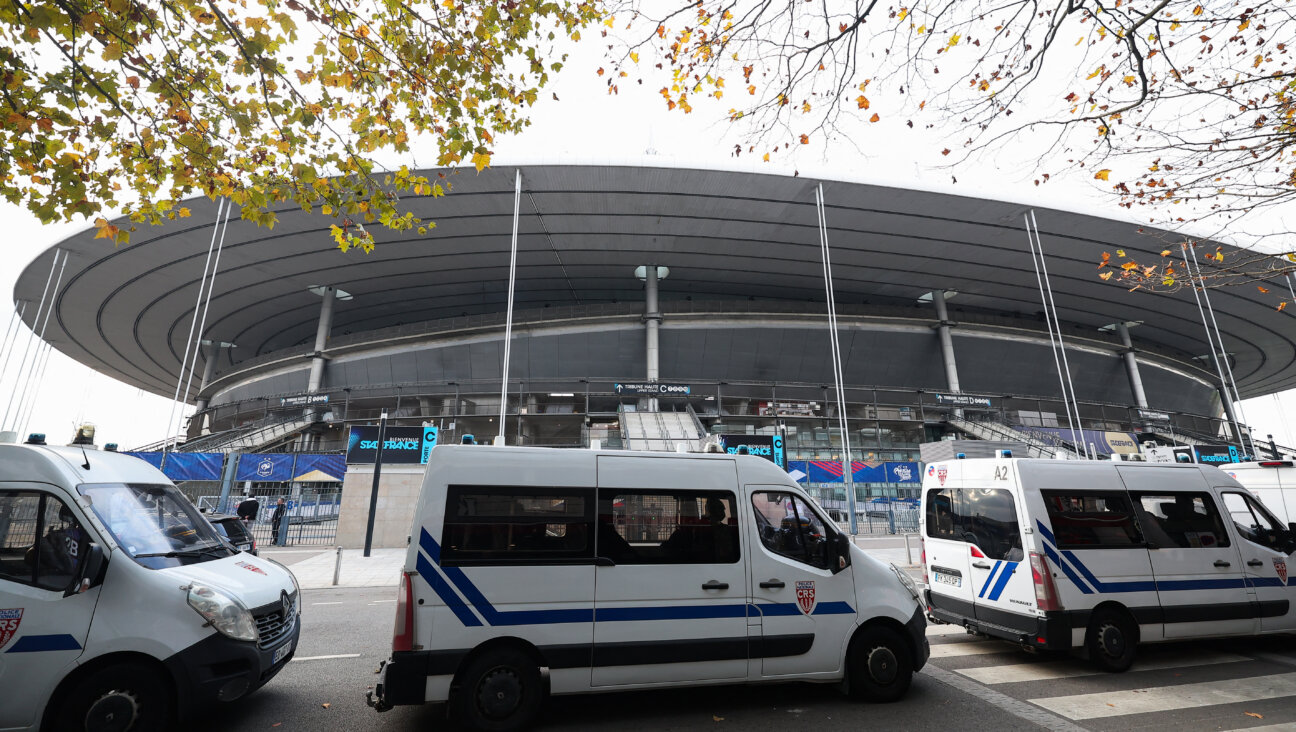A Study In Vibrancy
As against the conventional lamentations regarding the state of American Jewish life, I am pleased to inform you that on December 21, a rather large miracle is scheduled to begin. It falls under the heading “Who would have thunk?”
The background: The Association for Jewish Studies, founded in 1969, is the learned society for professors of Judaica in American colleges and universities. As it happens, I was present at its founding meeting, a rather scruffy affair in which perhaps two dozen of us — some actually professors of Jewish studies, some sympathetic hangers-on — gathered in a room at Brandeis University and plotted the new organization. I don’t know exactly how many people qualified for membership back then, but my guess is that 100 would be a somewhat inflated estimate.
On December 21, the 35th annual conference of the association will commence here in Boston. These days, the membership is approaching 2,000; during the course of the three-day long conference, more than 500 learned papers will be presented. While I am aware of how often professors manage to come up with clever titles for papers that turn out to be unbearably dull, the sheer scope and variety of the subjects to be considered at the conference is not only staggering; it is wonderfully breathtaking. There’s only one way to give you a sense of it all, and that’s to reach into the program and grab a fistful of examples:
British Jewish Preachers in Time of War (1800–1918); Poetic Originality or Plagiarism? Zekharyah al-Dahiri’s Adaptations of Andalusian Hebrew Poetry; Funeral Sermons among the Western Sephardim; Jewish-Christian Intellectual Contacts: The South of France 1150–1350; Mothers’ Dreams, Daughters’ Choices: Envisioning Jewish Mothers of Ba’alot Teshuvah; Maimonides on Leprosy: Illness as Contemplative Metaphor; ‘I Want to Wind You in the Tefillin’: Amichai and Wallach; Peace, War, and Battlefield Ethics in Classical Jewish Law; Bi’ur hamets and Ancient Semitic Magic; The Cairo Genizah Digitization Project: A Demonstration of the Online Interface; ‘Gayische Naches’: Queer Performance in Canonical Jewish American Literature; Culinary Geographies of Soviet Jews in New York City…
Gefilte Fish and Beautiful Shoes: Soviet Jews Describe the Ideal Jewish Woman; Between the “American Beauty” and the “Israeli Beauty” in Postmodern Hebrew Literature; ‘Es vert geborn a nayer mentsh?’ Soviet Yiddishist Scholarship of the Shtetl in the 1920s and 1930s; The Jewish Youth Movement as the Basis of Gershom Scholem’s Intellectual Development; In the Same Show Boat? Jewish Imitations of Black Life in the Fiction of Edna Ferber and Fannie Hurst; Demons, Characters, and Angelic Alphabets: Pictorial Depictions of Ritual Power in Jewish Amulets and Texts; Farming “Blood-Soaked Soil”: Jewish DPs and Agricultural Training in post-World War II Germany; From Raja Mashiah to the Sion Sangam: Indian Cultural Elements in Cochin Jewish Women’s Zionist Songs; Exploring the Jewish South at the Dining Table…
American Jews and Marriage Counseling, 1920–45; Miserly Shakespeares and Mercantilist Blooms: The Performance of Jewishness in Joyce’s Ulysses; Articulation of Otherness on Cassette by Hasidic Americans; Forms of Hermeneutic Creativity in Lurianic Kabbalah and Its Research; Charity in Times of Change: Varieties of Jewish Philanthropy in Late Imperial Kiev; Old and New Sephardim: The White and Mulatto Jews of Suriname, South America; The Heritage of Place in St. Thomas, U.S. Virgin Islands: Enacting Sephardic Ethnicity within an American Reform Congregation; “The Dance is a Weapon”: Communism, Modern Dance, and the Roots of American Jewish Identity…
Black Panthers, Black Hats, and Beyond: Rethinking Mizrahi Politics; Sacred Object or Piece of Meat: The Status of the Wife in Masekhet Kallah 8–10 and Bavli Nedarim 20a–b; From Law to Legality: Jewish Legal Culture in the Kiev Region, 1905–32; John Dewey and R. Hayim of Volozhin: Educational Theories in Reciprocal Illumination; The Jewish Eye in American Photography; Buying Bricks for Bialystok: Jewish Émigré Philanthropy and the Politics of Nation Building in Interwar Poland, 1919–29; Do Jewish Values Matter? Explaining Jewish Liberalism and Radicalism in Apartheid South Africa…
Freaks, Geeks, Psychics, and Strongmen: Polish Jews and Popular Entertainment; The Pen Is Mightier than the Sword: Antebellum Southern Women Fight Antisemitism; Blackface, Jewface, Italianface: Jewish Mutability and the Hierarchy of Whiteness.
And that, honestly, is just a small sample of the smorgasbord that impends. Something for everybody, way too much for anybody. And please, don’t ask about “relevance.” While there is a good deal that relates to the news of the day, the relevance of all this isn’t contingent on its contemporaneity. Its relevance is the testimony it bears to a living, vital and vibrant culture, a culture that spans continents and millennia, and that continues to unfold. Mordecai Kaplan had it right: we are, he said, “an evolving religious civilization,” and nothing human is alien to us.
Nor, for all their learning, do the scholars who present these papers dwell in ivory towers; very many of them are ready, willing and able to participate in the life of their communities, and many of them do.
So, my apologies, of sorts, for interrupting the groaning and the moaning about how miserable is our condition, the manifestly premature announcements of our imminent demise, and all the rest. And if, in order to preserve the gloom, you observe that all this is merely a drop in a bucket of general illiteracy — well, back in 1969 when the AJS was founded, there were three Jewish day schools in Boston. Today there are fourteen.
Leonard Fein’s most recent book is “Against the Dying of the Light: A Father’s Story of Love, Loss, and Hope” (Jewish Lights, 2001).
A message from our CEO & publisher Rachel Fishman Feddersen

I hope you appreciated this article. Before you go, I’d like to ask you to please support the Forward’s award-winning, nonprofit journalism during this critical time.
At a time when other newsrooms are closing or cutting back, the Forward has removed its paywall and invested additional resources to report on the ground from Israel and around the U.S. on the impact of the war, rising antisemitism and polarized discourse.
Readers like you make it all possible. Support our work by becoming a Forward Member and connect with our journalism and your community.
— Rachel Fishman Feddersen, Publisher and CEO






















